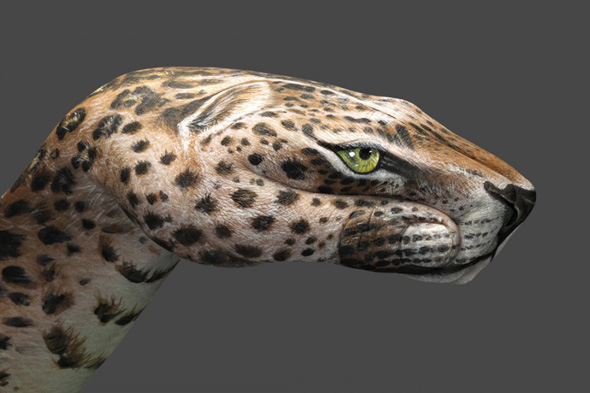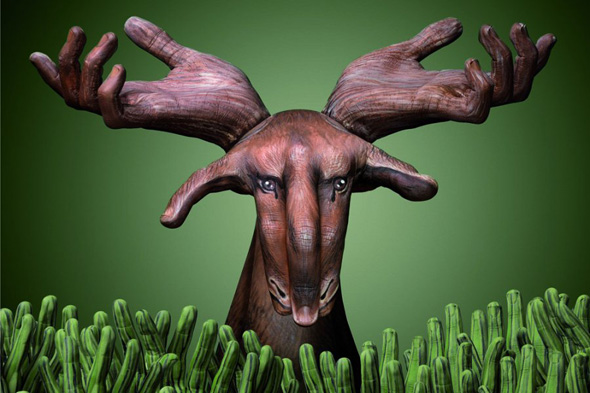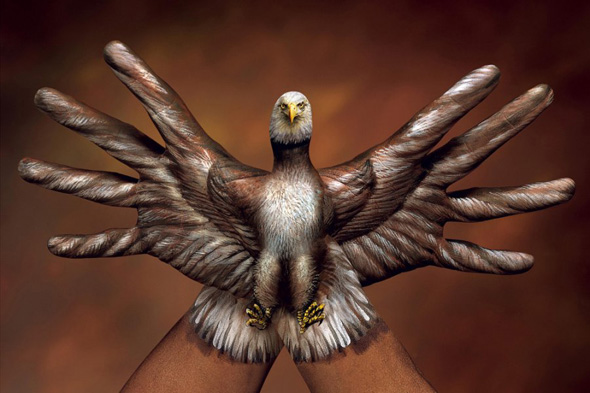Alexis Rockman, The Farm, 2000
http://www.viewingspace.com/genetics_culture/pages_genetics_culture/gc_w02/gc_w02_rockman.htm
She used the Museum of Natural History as inspiration for this piece. I visited this museum yesterday in New York City. There were a number of things in which have inspired me for new curriculum topics for next year. If you can go there at any time in your life, it is a must. A lot to see and definitely not something you could complete in a day. The inspirations, facts, and artifacts are out of this world! There are many uses for this museum of integrating different concepts and ideas into your art classroom curriculum, especially with history and the sciences.
This artwork resonated with me based on the not only the visual interpretations but the information and facts behind this piece. Scientifically there are many studies in our sciences in which animals are used as the "testing tools." It is interesting to see the current state of the animals on the left, and progressively through time these animals are transformed and distorted based on not only scientific studies that have been done already but what is to come in our future. I see genetics, breeding, and control in this image. It is great for discussion both aesthetically and scientifically and brings up a lot of interesting topics and issues currently happening in our world today. Although this image has a somewhat imaginative aspect to it, it very much describes the path our society has taken.
Concept use in this artwork for classroom curricula:
- depictions of how our culture perceives and interacts with plants and animals
- the role culture plays in influencing the direction of natural history
- how the present and the future look of things are influenced by a broad range of pressures- human consumption, aesthetics, domestication, and medical applications among them.
- creates a context for inquiry




